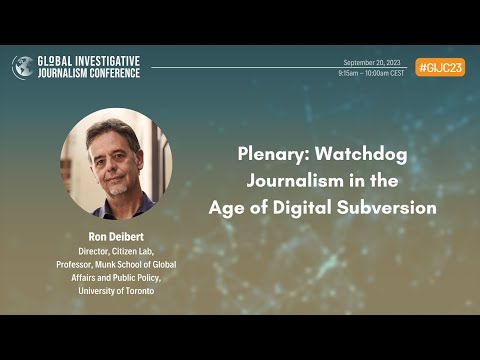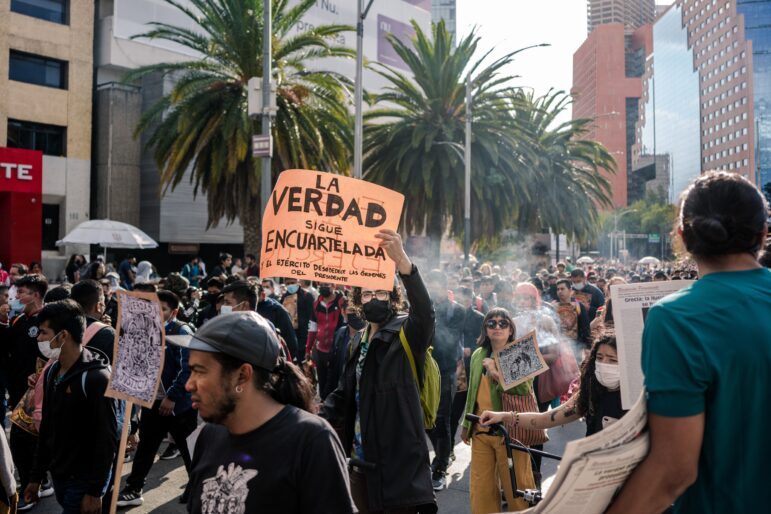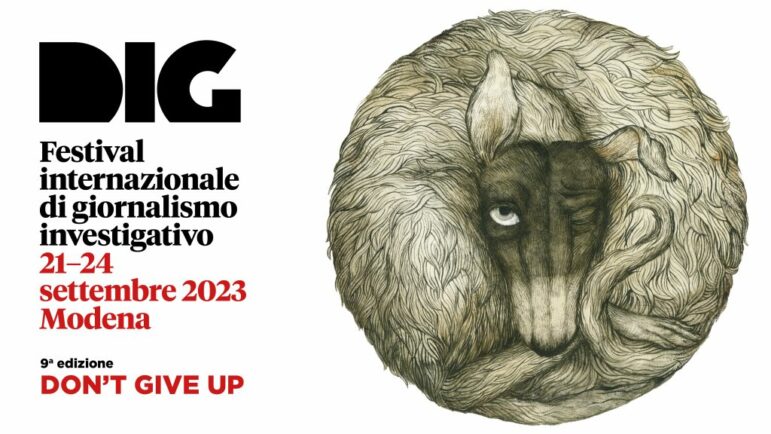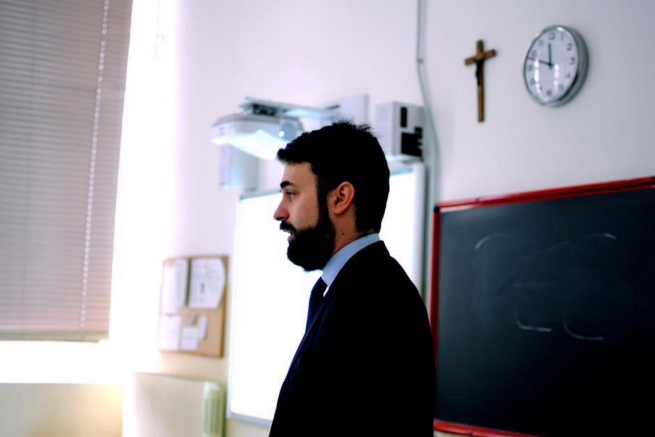

Investigating The Vatican
On a morning in the early 1990s, investigative journalists Leo Sisti and Leonardo Coen had an appointment with a priest at a kiosk near St. Peter’s Basilica. A car discreetly picked them up and brought them inside the Vatican, where they met with Bishop Donato de Bonis. It was for an interview concerning a big financial scandal involving Paul Marcinkus, the American archbishop who worked as president of the Vatican Bank.

Veteran Italian journalist Leo Sisti investigates corruption, financial crime, the mafia, and politics.
During the interview, Sisti remembers, the bishop started tiredly answering the reporters’ list of thorny questions, until he stood by a window and tried to set the record straight.
“We have two thousand years of history behind us,” he said, pointing at the square in front of them. “There are some who tried to poison or discredit the Vatican…like an English writer a century ago. But who remembers his name? He’s been removed from people’s memories. We, on the other hand, are still here.”
Despite this warning, the two journalists published a book in 1991 on the Vatican bank’s financial scandals entitled The Marcinkus Case. It sold thousands of copies, with major success in South America.
More than a quarter of a century later, the job of journalists in Italy uncovering and reporting scandals about the Church has changed. The news media are dedicating more space to these stories, while internal factions within the Church have given an advantage to reporters on the Vatican beat. But dealing with the topic can still be quite tricky. For seven months until July this year, two Italian journalists were prosecuted under the Church’s justice system, charged with disseminating information leaked from the Vatican.
 In an unusual case, Emiliano Fittipaldi, a reporter for left-wing weekly magazine l’Espresso, timed the release of his book Avarizia (Greed) in November 2015 with that of Via Crucis (Way of the Cross), written by Gianluigi Nuzzi, a journalist with a more conservative audience. Both exposés dealt with alleged mismanagement of the Holy See’s financial operations, and each was based on internal documents provided by an inside source.
In an unusual case, Emiliano Fittipaldi, a reporter for left-wing weekly magazine l’Espresso, timed the release of his book Avarizia (Greed) in November 2015 with that of Via Crucis (Way of the Cross), written by Gianluigi Nuzzi, a journalist with a more conservative audience. Both exposés dealt with alleged mismanagement of the Holy See’s financial operations, and each was based on internal documents provided by an inside source.
For Fittipaldi, in addition to the difficulties of his research, one of his biggest challenges during the investigation was the feeling of isolation. He bore the brunt of criticism from some colleagues, especially those who specialized in covering the Pope and the Church.
Among the accusations levied against him was that “he has been used by his sources,” Fittipaldi said in a phone interview.
The trial, known as Vatileaks 2, turned a spotlight on the freedom of journalists covering the Vatican. “The Vatican prosecutor pressured me because I [asked] several questions, which is part of my job,” said Fittipaldi, who with his colleague reportedly faced up to eight years in prison.
At the end of the trial, after numerous breaks, high tension, and legal technicalities, two former members of a papal oversight commission involved in the case were found guilty, charged with conspiring to leak confidential information to the press. But the Vatican court declared that it did not have the jurisdiction to try the two journalists because the crime didn’t happen inside the Vatican City.
Father Federico Lombardi, then-Vatican spokesman and Holy See press office director, explained that the trial had to be conducted due to existing laws. But, he added, “also in the Vatican jurisdiction, freedom of the press is safeguarded.”
In recent years, the Vatican has carried out a long review to make its media system more efficient and information more accessible.
Signs of transparency have been observed by journalists like Amalia De Simone. One of her latest stories is a video and text investigation for the daily Corriere della Sera, in which she reports on a series of abusive practices denounced by sisters of the Immacolata Institute, not far from Naples. “After Pope Francis’ election, the new mood made newspapers less concerned about stories critical against the Church,” she told me with hope. “Maybe something is changing.”
But for change to happen, it’s going to take a major shift in how the power of the church is publicly perceived and described. De Simone admitted that sources remain reluctant to come forward and oppose the Church. “Encouraging alleged victims to speak out has been challenging, even more than with the victims of organized crime,” she said.
As part of a process to enhance its financial accountability, the Holy See has also signed international agreements, including a 2015 pact with Italy’s Minister of Economics and Finance to exchange information between the two countries. That same year, the Pope pointedly asked the Vatican Bank to base its operations on “standards of morality, consistent efficiency and practices that respect the specificity” of the institution.

Giovanni Viafora of Corriere del Veneto sees the need for bravery to keep exposing Church wrongdoings.
To defend itself from media accusations, a local church, in a rare move, even decided to reveal the names and addresses of its properties.
Following an investigation in 2015 by Giovanni Viafora for the daily Corriere della Sera, in which he exposed the church’s complex financial structure in the city of Padua, the local church bulletin published a five-page response describing all of its assets in detail. The bulletin accused the newspaper and reporter for adopting an offensive tone. But Viafora’s findings have been essentially confirmed.
The newspaper received endorsement letters from local priests asking for a change within the church, and one of them publicly called for a more transparent church in his Saturday sermon. The nomination of a new bishop, a man known for his simplicity and moderation, has been interpreted as a sign of a new direction.
Asked about the hardest parts of digging into the story, Viafora spoke of dwelling in a world of restrained language. “Speaking about their accounts, the priests tried to avoid the word money, as if [it] has nothing to do with it,” he explained. “Money is considered evil.”
But he noted that each time the media broke a new story about the church, the public seemed to receive a new shock and reactions got increasingly stronger. “There’s need of more bravery and stimulus and to keep denouncing wrongdoings at a national and local level,” Viafora said. “Especially within the church.”
For more on investigating the Catholic Church, check out Walter “Robby” Robinson’s keynote address and interview at the 2016 Asian Investigative Journalism Conference. Robinson led the Pulitzer-winning Spotlight team that exposed massive sexual abuse within the church.
Journalist Alessia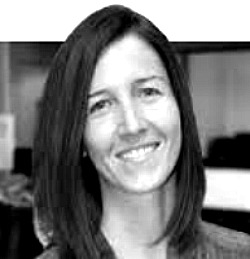 Cerantola is a co-founder and reporter at Investigative Reporting Project Italy (IRPI) and the daily webnews service Radio Bullets. Fluent in Italian, English, and Japanese, she has been honored with several awards, including a 2012 Freedom of the Press Award by Reporters Without Borders and UNESCO (Austria).
Cerantola is a co-founder and reporter at Investigative Reporting Project Italy (IRPI) and the daily webnews service Radio Bullets. Fluent in Italian, English, and Japanese, she has been honored with several awards, including a 2012 Freedom of the Press Award by Reporters Without Borders and UNESCO (Austria).




